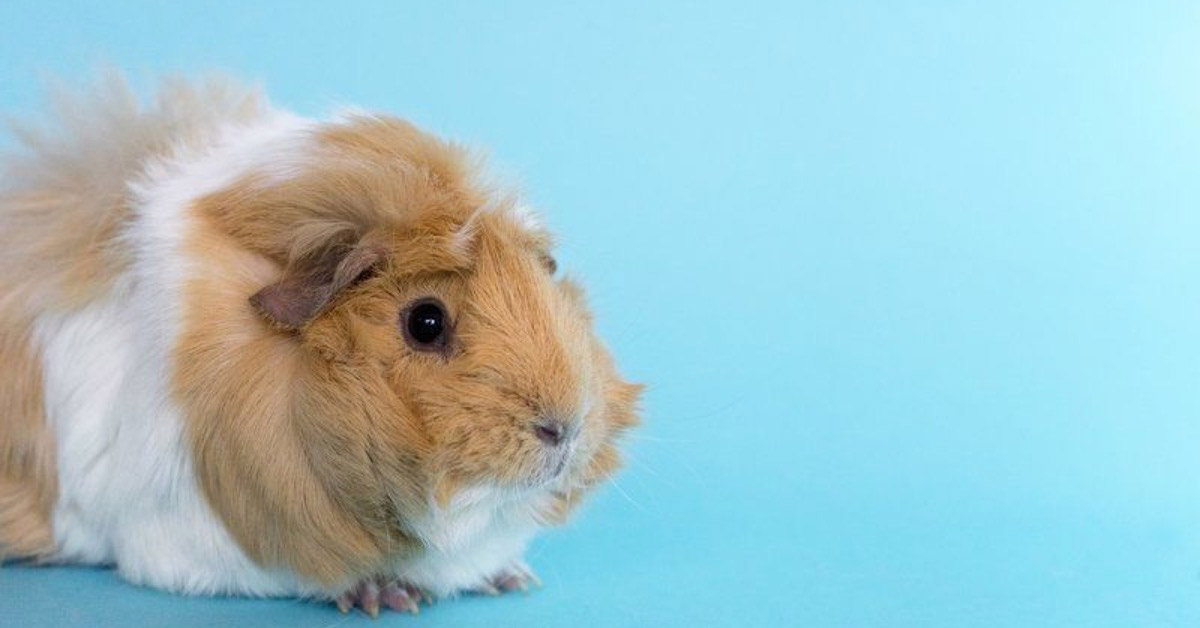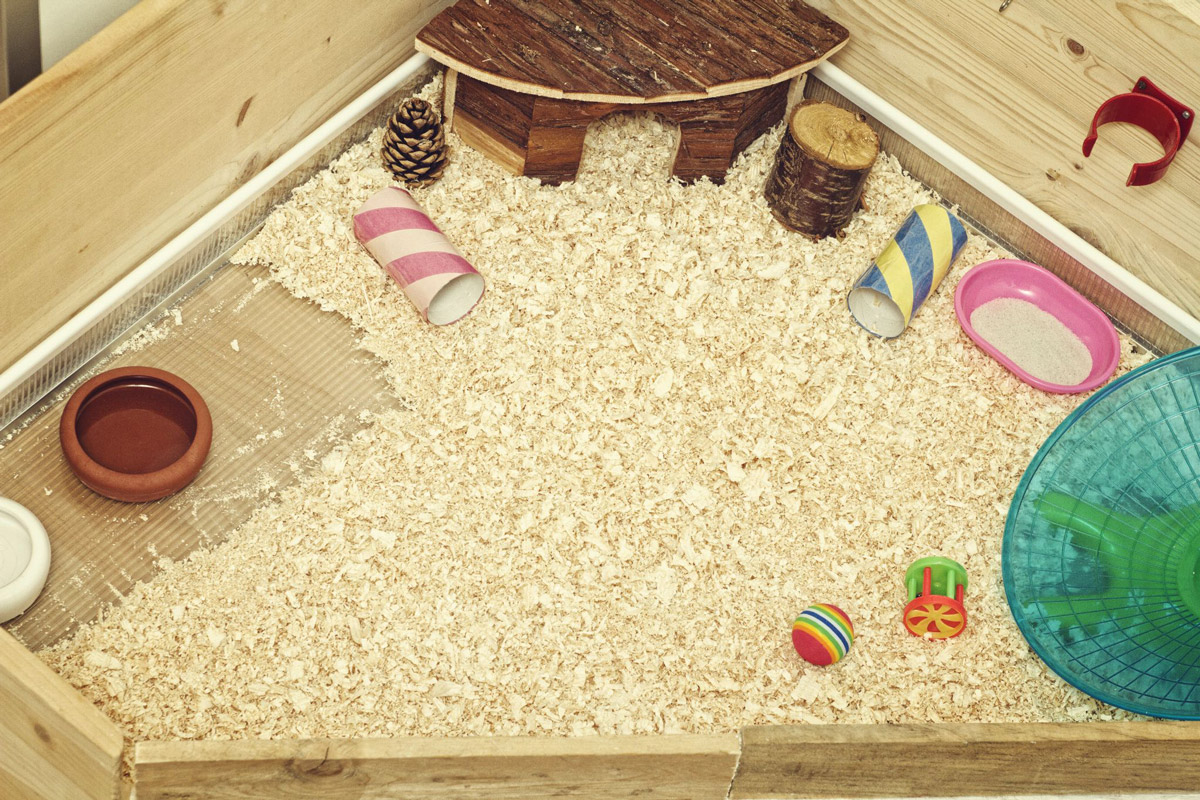5 Tips To Finding The Perfect Home For Your Guinea Pig

Source: Scott Webb on Wunderstock
Guinea pigs make adorable pets with their friendly behaviour and gentle demeanour. However as with most pets, they also require a lot of attention, along with ample space to roam and play; not forgetting regular pampering and grooming from professional mobile pet grooming services, for instance.
Creating a home for your guinea pig may seem easy enough, but there are several considerations to take note of. As guinea pig cages vary in size and style, making a choice might be pretty challenging and overwhelming when step into any physical pet shop in Singapore. But that’s why sometimes having everything at a glance through a pet online e-store might be the most efficient and affordable.
Nevertheless, whether you’re a first-time owner or an experienced one, here are 5 key tips to create a comfortable home for your guinea pigs.
1. DIY Cages

Pet store cages are nice, but some may not provide the specifications you want.
In addition, some guinea pigs also call for larger cages, which can be hard to find. A solution to this would be to design and assemble a DIY cage for your guinea pig.
Most guinea pig owners go for the most common cage design: cubes and chloroplast, otherwise known as a C&C cage. The C&C cage is made from grid frames and chloroplast sheets, both of which are affordable and accessible materials easily found in most hardware or stationery stores.
Furthermore, the DIY aspect allows for creative freedom, giving you the outlet to customise and tweak certain elements that best suit your guinea pig’s needs. It also helps that DIY cages are modifiable and can be extended to cater to your furbaby’s growth in size if need be.
2. Get the Measurements Right

Creating a lovely home for your guinea pig does not mean having many accessories and other fancy items but instead, sticking to the basics might be your best bet. A cage that can nicely accommodate the guinea pig’s size is definitely the most appropriate and comfortable one.
Although a guinea pig cage typically follows a minimum dimension of three feet long by two feet wide, owners are recommended to get a larger pen for better comfort to accommodate the guinea pig’s growth.
Moreover, since the cage would be housing the weight of your guinea pig and other items. It’s crucial that the cage’s base remains steady in order to support the total weight in it.
Many owners tend to keep the cage’s top open, but you could also cover it with a wired covering, especially if additional pets are around. We wouldn’t want to encourage them snooping around and making your (already timid enough) guinea pig even more cautious and frightened.
3. Keeping it Clean

It goes without saying that hygiene is of utmost importance to ensure your guinea pig’s health and safety.
Cleaning the cage regularly maintains the cleanliness of your guinea pig’s surroundings, which in turn keeps it in good health. Ideally, owners should change the bedding of the cage weekly.
It’s also pertinent to note that materials such as pine and cedar beddings can prove hazardous and toxic for the respiratory health of guinea pigs. An alternative to this would be to use newspapers and paper products that are safer and easier to dispose of. Not to mention, paper-based bedding, in general, helps to retain heat and keep your guinea pigs warm too.
4. Adding Cage Accessories

Sipper bottle (left), chew-resistant bowl (right)
A few necessities to provide include a sipper bottle for consistent access to fresh water and a chew-resistant food bowl. Make sure these items are placed away from the guinea pig’s bathroom area to avoid possible contamination by germs and maintain overall cleanliness.
For add-on accessories, consider adding wooden blocks or cardboard boxes to pose as chew toys for your guinea pigs. You could easily purchase these items from any online pet shop in Singapore.
However, avoid placing smaller toys in their cages in case they become choking hazards.
5. Finding the Optimal Spot to Place the Cage

Guinea pigs are sensitive to noise and any triggers that could agitate them. Hence special care should be taken when trying to find a spot where you could place its cage.
Avoid placing the cage in noisier areas of the house where loud noises or traffic is prominent.
For sanitary reasons, also avoid situating the cage near the kitchen.
Guinea pigs are generally cautious and wary in nature. Avoid placing the cage in frequented household areas if possible. You want to do your best to slowly introduce your guinea pig to you and your family, not all at once — and definitely not in a chaotic environment.
As a suggestion, place them near windows, so they have a decent view of their surroundings. Not only that, but placing the cage by the window also ensures the cage is well-lit with natural light without direct exposure to sunlight.
What’s the Best Decision?

Designing a home for your guinea pig considers multiple important concerns, but what’s most important would be to ensure its overall comfort. Replacing food and water daily and keeping the cage clean is just part and parcel of taking proper care of your pet.
As owners, we all want to do our best in ensuring our beloved furkid grows up in a nice, loving environment. At the end of the day, taking care of your guinea pig is just like any other pet; just because it’s small doesn’t mean we can neglect its care.
Caring for a guinea pig requires just as much effort, time, and diligence as any other bigger pet.
Hopefully, our brief guide gives you some insight on how to better care for your guinea pig — not just in terms of cage construction but also in maintaining a warm, comfortable and safe haven for your little furry critter.







